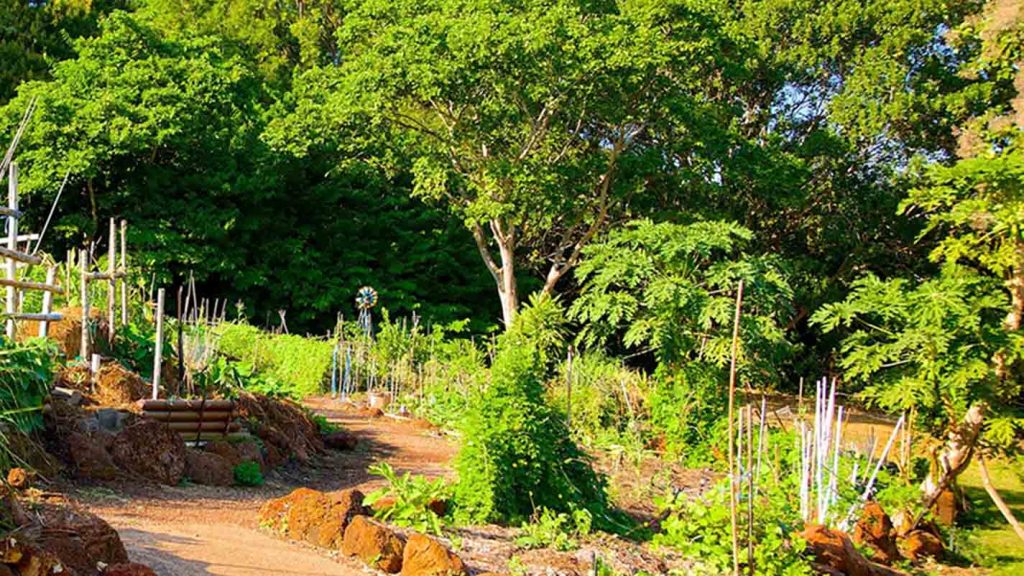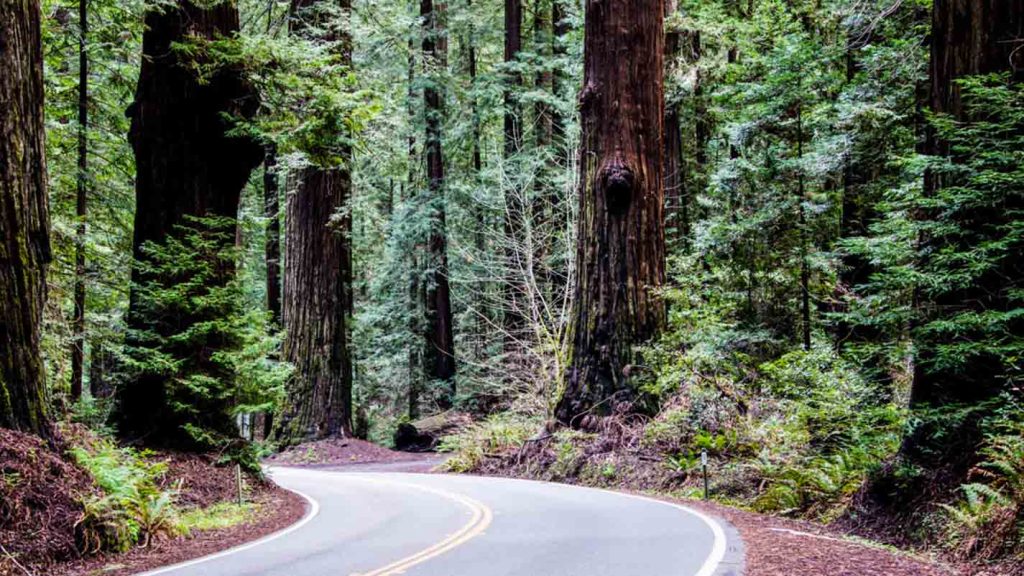1. A Tropical Morning Arrival
The early sun in Darwin doesn’t rise — it emerges, as if drawn slowly by a steady hand from the horizon, gilding everything in warm ochre. Arriving at the George Brown Botanic Gardens just after dawn, the first thing that struck me was not the colors, nor the sheer breadth of green, but the sound. There was birdsong — bright, punctuated, alive. The gardens are nestled about two kilometers from Darwin’s city center, near the Mindil Beach area, a location that makes it easy to reach by foot, bicycle, or a short drive.
A colonial-era iron gate framed by towering palms marked the entry. There’s no fanfare here — just a quiet dignity in the way nature gently envelopes the visitor. The George Brown Botanic Gardens are more than a pleasant detour; they are a living canvas of the Northern Territory’s wild, structured in the form of a traditional botanic collection.
2. Tracing Roots: The History Beneath the Canopy
Before wandering deeper, I spent time at the small but informative entrance area, where a series of plaques and displays detail the garden’s rich history. Established in 1886, the gardens began as an experimental site for tropical crops — cotton, sugarcane, and maize. Over time, it evolved into a full-fledged botanic conservatory. George Brown, the garden’s namesake and a former Lord Mayor of Darwin, was instrumental in its restoration after the destruction caused by Cyclone Tracy in 1974.
Walking these paths with that context in mind changes the experience. There is resilience here. Every tree seems to carry a lineage not only of botany but of community effort and environmental stewardship.
3. The Rainforest Loop: A Sensory Immersion
The Rainforest Loop is the first main path I explored. This section simulates a tropical rainforest, complete with elevated humidity, dense canopy cover, and that unmistakable earthy scent. Shade-loving plants like ferns, orchids, and heliconias thrive here, surrounded by the heavy presence of banyan figs with aerial roots cascading like tangled ribbons.
At one point, I paused beneath a flowering cannonball tree. The scent of its blossoms — sweet and faintly citrusy — filled the air. Its spherical fruits hung low like organic chandeliers. It felt less like a garden and more like a verdant cathedral.
Overhead, rainbow lorikeets squabbled and flashed past in blurs of red and green. The air was filled with the layered rhythms of insect wings, bird calls, and the occasional rustle of a lizard darting into the underbrush.

4. Cycad Lawn and the Desert Garden
After the shaded intimacy of the rainforest trail, the Cycad Lawn offers a dramatic contrast. Here, prehistoric-looking plants with thick trunks and crown-like fronds stand in open sunlight. The cycads are arranged with symmetry, allowing the eye to appreciate their form and repetition — a kind of botanical choreography.
Further along, the terrain shifts again. The Desert Garden introduces arid-land flora: spiny acacias, ghost gums, and the hauntingly beautiful boabs. The boab tree, with its swollen trunk and delicate leaves, feels almost sculptural. It invites contemplation. I rested near one and felt the dry heat rising from the sandy paths. Butterflies drifted among flowering succulents, and a pair of galahs picked methodically at fallen seed pods.
The design of this part of the garden is particularly striking — wide-open space, sparse vegetation, and clear sightlines. It mimics the desert’s minimalist palette without sacrificing richness. There’s artistry in that restraint.
5. Ethnobotanical Walk: Wisdom in the Leaves
This trail is where botany meets culture. The Ethnobotanical Walk highlights native plants traditionally used by the Larrakia people — the original custodians of the land. Informative signage (multilingual and respectfully worded) describes each plant’s use in food, medicine, and ceremony.
Walking this path, I learned how the Kakadu plum is not only rich in vitamin C but holds cultural significance as a healing fruit. The wattleseed, used in ancient cooking, emits a nutty, roasted aroma when crushed underfoot. The experience here is deeply grounding — a reminder that knowledge is often rooted in the natural world, passed down through hands that worked the land.
There’s a shaded yarning circle midway through the walk — a space for conversation and community. I lingered there longer than expected, absorbing the quiet dignity of the place.
6. The Sensory Garden: Touch, Smell, Listen
One of the more interactive areas is the Sensory Garden, designed with accessibility and engagement in mind. Raised beds allow for closer inspection. Here, plants aren’t just seen — they are felt and smelled.
I ran my fingers across the soft, silvery leaves of lamb’s ear. The scent of lemon balm, crushed between my palms, lingered long after. Wind chimes hung from trellises, adding a soft metallic cadence to the ambient sounds. A trickling fountain cooled the air, and native mint bushes nearby added a subtle sharpness to the scentscape.
The garden encourages slowness — a kind of deliberate observation. There’s no rush here. Every bench faces a scene, every corner reveals a little more.
7. Ornamental Wetlands and Seasonal Swamps
Toward the eastern edge of the gardens lie the wetlands — an essential reminder of Darwin’s tropical climate. In the wet season, these areas fill with standing water, becoming a haven for frogs and waterbirds. During the dry, as it is now, they transform into gently crackling marshes with reed grasses rustling like silk.
A wooden boardwalk crosses this section, slightly raised to offer views of aquatic life. Native lilies bloom delicately on the water’s surface. The reflections of pandanus trees shimmer in the ponds. Dragonflies hovered around my legs as I paused to watch an ibis picking its way through the shallows.
Wetland areas always carry a quiet complexity. Here, the micro-ecosystems feel intact, functional — not curated for aesthetics alone but for balance.
8. The Plant Display House: Tropical Color in Concentrated Form
Near the central precinct is the Plant Display House, a modest glasshouse with a curated array of tropical flowers. This section bursts with vibrant color — bromeliads, orchids, anthuriums. Heat lamps keep the temperature and humidity consistent, even in the cooler months.
Inside, the scent is more concentrated, less diffuse. It’s a heady, floral mélange. A wall of vertical planting showcases epiphytic species, climbing and clinging with elegant determination. Butterflies are occasionally seen inside, attracted by both the flowers and the warmth.
There’s an almost European conservatory feel here, but the plants are unmistakably tropical. The juxtaposition is subtle, intentional.
9. Palm Valley and the Avenue of Giants

Palm Valley lives up to its name. Dozens of palm species — from the elegant foxtail to the towering fan palm — line broad walking paths. The dappled sunlight here moves constantly, like liquid gold filtering through enormous fronds.
At the far end of this section is what locals sometimes refer to as the Avenue of Giants: a long corridor flanked by ancient palms and cycads, some over 100 years old. Walking this path, there’s an almost mythic sense of scale. The air feels cooler. The trees, as still as they are, seem to breathe history.
10. Birdlife, Butterflies, and Unexpected Companions
Throughout the visit, the gardens were alive with movement. Honeyeaters flitted between flowering trees, wallabies emerged briefly from scrub, and goannas darted with surprising speed across open paths.
Darwin’s unique position — where the tropics meet the outback — ensures a constant interchange of fauna. The gardens serve as a microcosm of that biodiversity. With a bit of patience, even the elusive blue-winged kookaburra may make an appearance. And during certain seasons, the gardens become a major site for butterfly migrations, the air filled with delicate motion.
11. Practicalities and Quiet Corners
Amenities in the garden are well-planned. There’s a small café near the main entrance offering local fare — I recommend the lemon myrtle tea and wattleseed biscuits. Toilets are discreetly placed but easily accessible. Maps are available in print and digital formats. Entry is free, though donations are welcomed.
Several shaded lawns invite picnics. I found a quiet spot beneath a white cedar tree where the grass was cool and the breeze steady. It’s possible to spend hours here without retracing one’s steps. Each path seems to yield a new detail: a lizard sunning on a stone, a fallen flower staining the pavement crimson, a shadow that looks like sculpture.
Benches are well-positioned, often offering a moment to observe a single view — a careful curation that doesn’t feel intrusive. Nothing in the garden insists. Everything invites.
12. Twilight in the Tropics
As the sun began to dip, the garden shifted. Light filtered through trees at a lower angle, lengthening shadows and warming colors. The rainforest section darkened first, its undergrowth glowing faintly gold. In the distance, the scent of frangipani sweetened with the cooling air.
Crickets began their chorus, and the birds quieted. The balance between wild and designed never felt more harmonious. There was no dramatic finish, only a quiet fading — a slow, dignified retreat into evening.
I left through the same gate, the iron now warm to the touch from the sun. Behind me, the garden remained as it was, timeless in its composition, rooted in both heritage and growth.